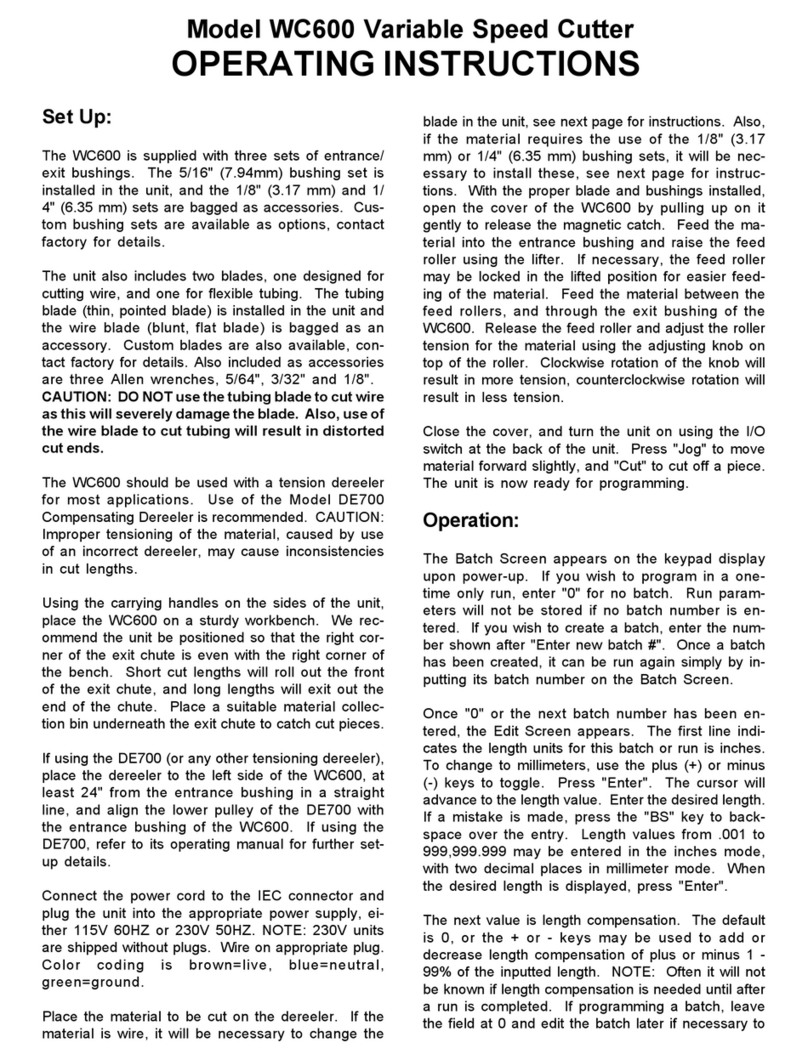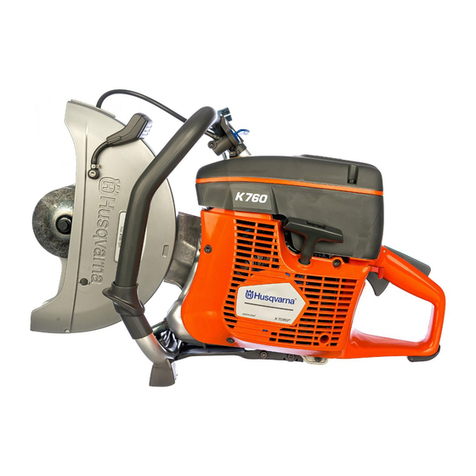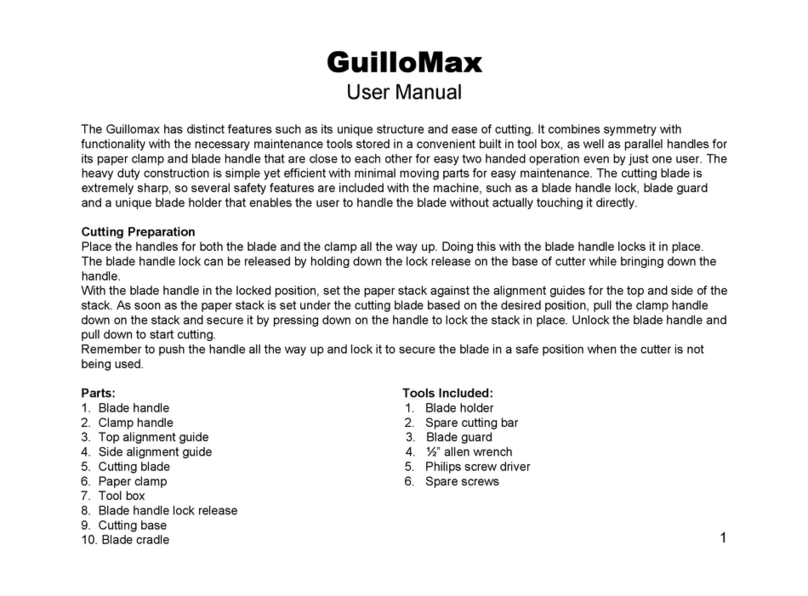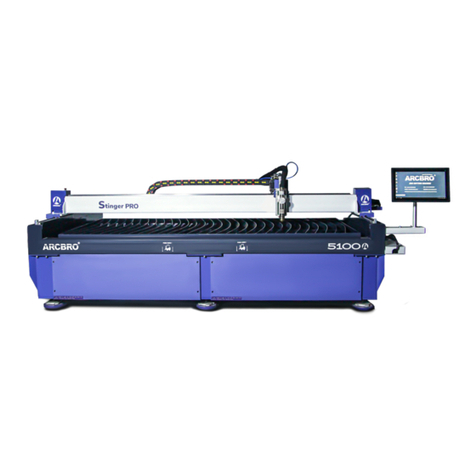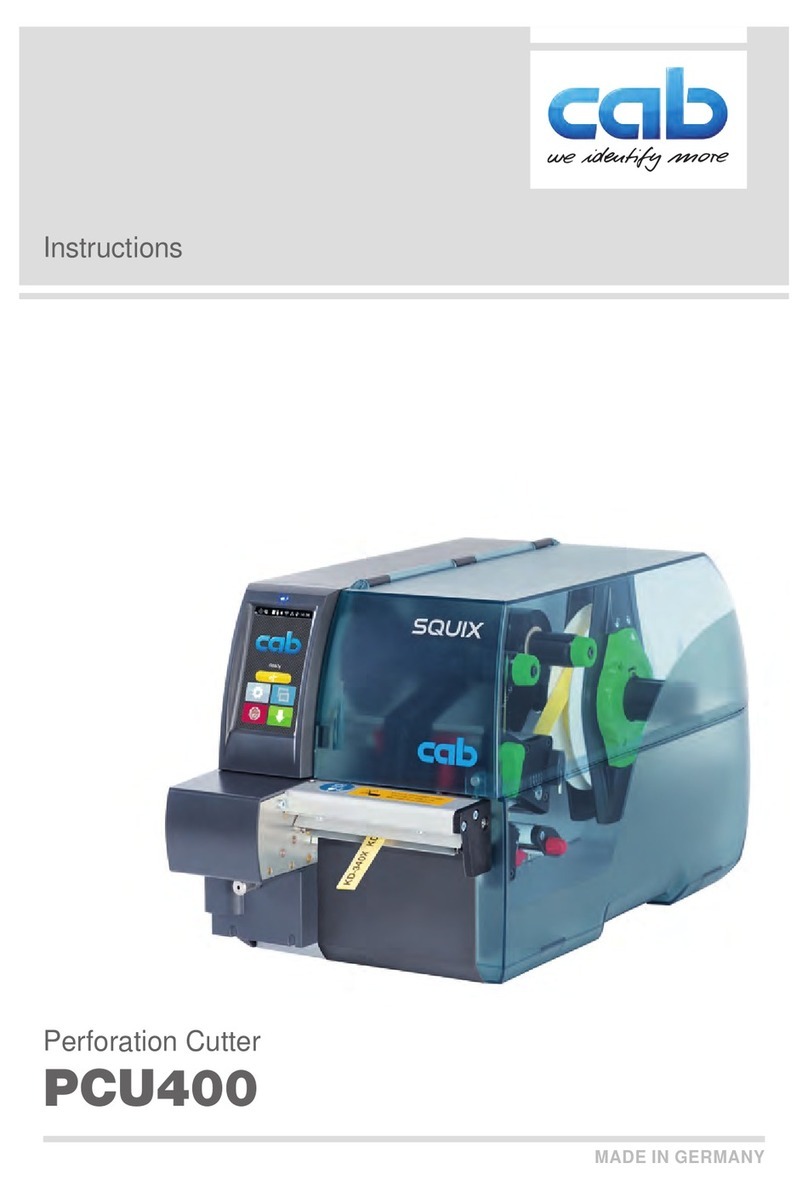
Table of Contents
1 Getting Started
Safety ............................................................................................................................ 1
Sealed Beam Path............................................................................................................ 2
Laser Processed Materials and Applicable Standards............................................................. 2
CDRH Standards.............................................................................................................. 2
Material Capability and Fume Extraction ............................................................................. 3
Mandated Safety Labels.................................................................................................... 4
CDRH Procedures for Compliance....................................................................................... 6
System Requirements ...................................................................................................... 6
2 System Setup
Description ..................................................................................................................... 8
Intended Purpose ............................................................................................................ 9
Lighting.........................................................................................................................10
Uncrating.......................................................................................................................10
Material Handling, Floor Space and Leveling.......................................................................10
Computer ......................................................................................................................11
Control Boxes.................................................................................................................11
Mounting Laser on Gantry................................................................................................13
Chilling Unit ...................................................................................................................14
Electrical Panel...............................................................................................................14
Air/Assist Gas.................................................................................................................14
Vacuum System .............................................................................................................14
Mirrors and Lenses..........................................................................................................15
Height Follower Controller (Optional).................................................................................15
3 Running the System
Daily Startup .................................................................................................................16
EMF Printer Driver...........................................................................................................16
Cutting a .PLT file ...........................................................................................................17
Engraving a .TIF file........................................................................................................18
4 System Calibration
Mirror Alignment.............................................................................................................20
Focusing the Optics.........................................................................................................20
Squaring the Table..........................................................................................................21
Setting Zero-Zero Point...................................................................................................21
Aligning the Engraving Pixels............................................................................................22
5 KCAM
Installation ....................................................................................................................23
Upgrades.......................................................................................................................23
Overview.......................................................................................................................23
Setup Icon.....................................................................................................................25
Table Icon......................................................................................................................34
Cut Icon ........................................................................................................................39
Test Icon (Test/Manual Mode) ..........................................................................................41
6 Metal Cutting
Focusing the Optics.........................................................................................................42
Setting the Focus Height..................................................................................................42
How to Cut Mild or Stainless Steel.....................................................................................42
Metal Cutting Optics Assembly..........................................................................................43
7 K-Vision
Overview.......................................................................................................................44
Basic Settings Tab ..........................................................................................................45
Advanced Settings Tab....................................................................................................46






